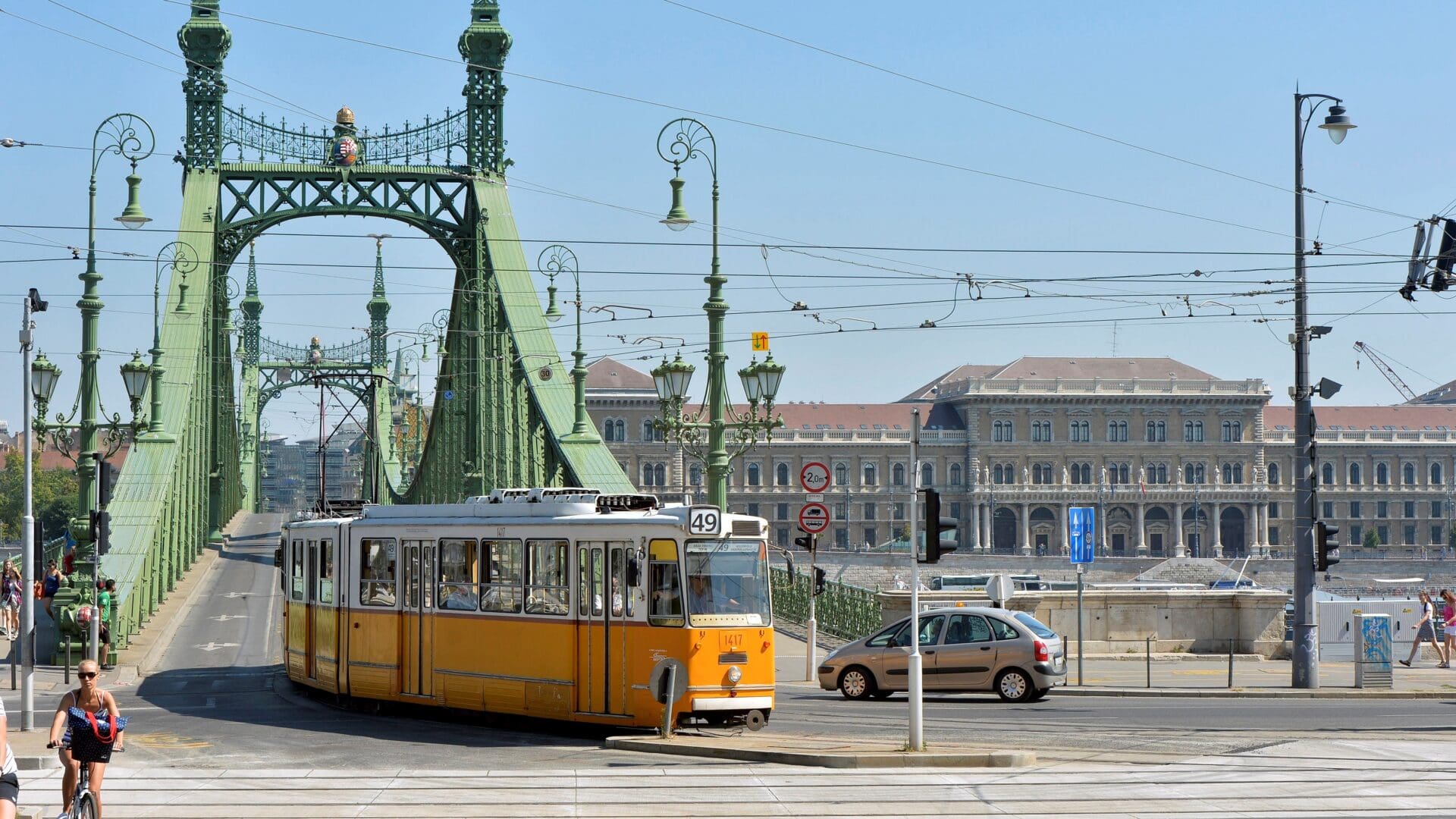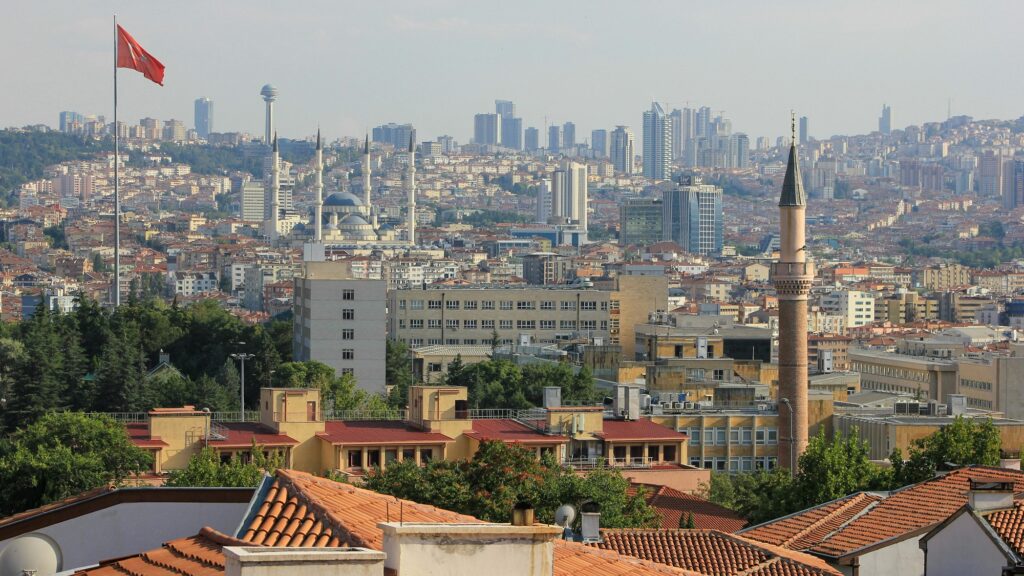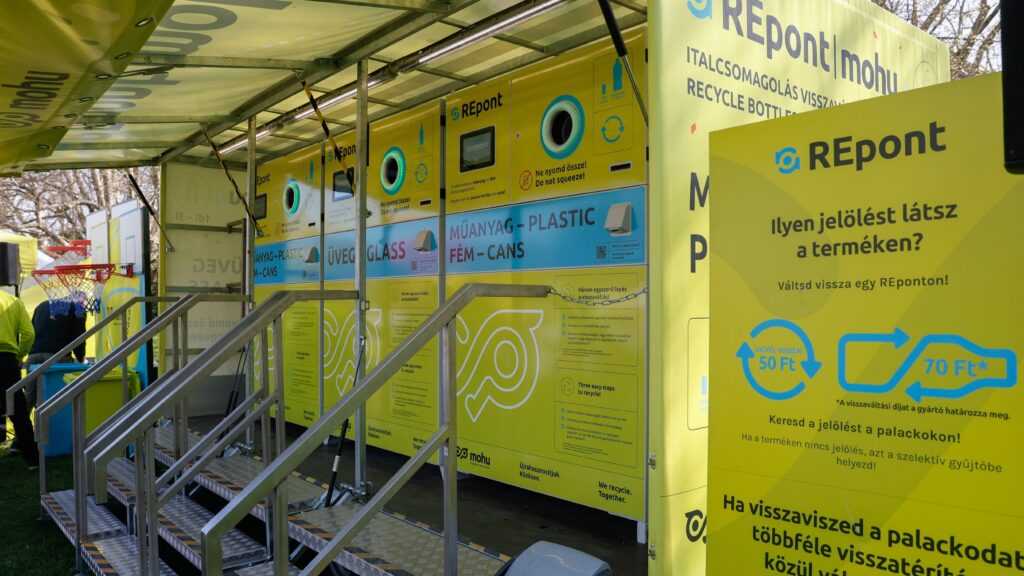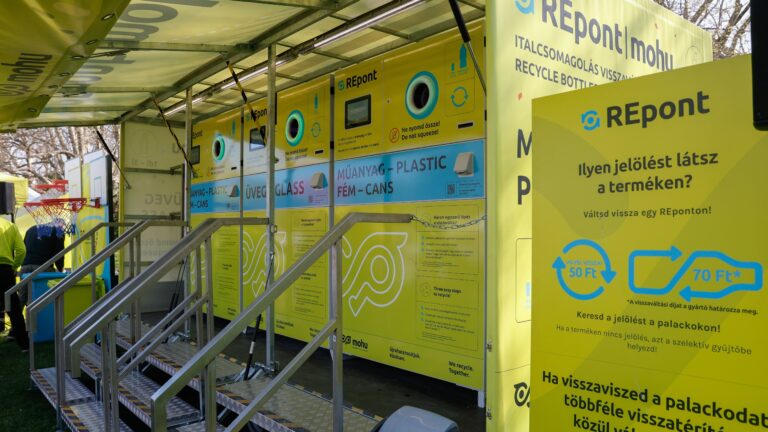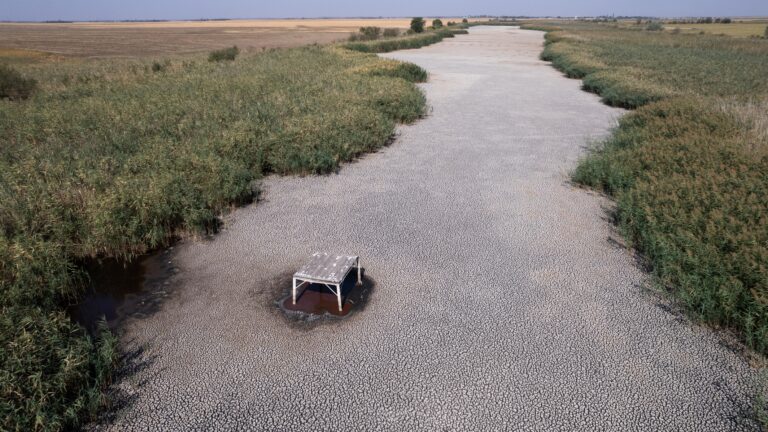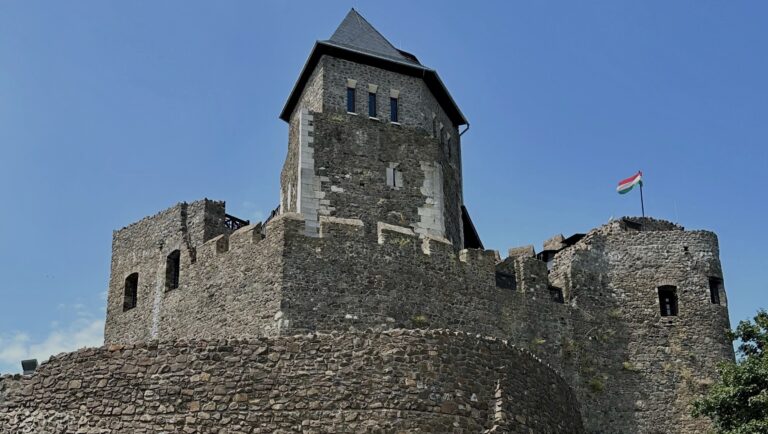In the last year of World War I, 1,072 tramway vehicles were already in operation in Budapest or its suburbs. In 1918, this vehicle fleet carried more than 382 million passengers. But how did the city get there?
Trams in Post-Unification Budapest
After the Austro-Hungarian Compromise, Budapest was formed in 1873 through the amalgamation of Pest, Buda, and Óbuda. By the end of the century, it had become the youngest major city in Europe, with its population tripling and the number of buildings doubling. During the years of city unification, the second permanent Danube bridge, the Margaret Bridge, was already under construction. In 1878, the two transportation companies of the city merged, thus the BKVT (the acronym denoted the Budapest Public Road Railway Company) was established, which launched a horse-drawn railway service on the bridge a year later. (The Buda end of the Chain Bridge was already considered a transportation hub at that time.)
In 1866, the sixth horse-drawn railway in the world started operating on the streets of Pest.
By 1885, the horse-drawn network operated on 15 routes. Flags attached to the cars indicated the routes. However, both the horse-drawn trams and omnibuses struggled to meet the growing travel demands of the rapidly expanding capital. Paradoxically, BKVT held the exclusive right to building horse-drawn railways, impeding the city‘s development. However, the company‘s monopoly did not extend to mechanically powered railways. With the support of Lindheim and Partner, the accomplished professional Balázs Mór, and Siemens & Halske proposed to jointly build an electric tramway in the city. The city allowed the establishment of a trial line, and the approval procedure was concluded at the Ministry of Commerce and Transport in late September 1887.
After WWI
In the post-war era, characterised by a frequently changing political climate, a need arose for the unified management of urban transportation. Through the creation of BEVV (Unified Budapest Railways), uniform tariffs were introduced, but further progress in this area was achieved when BSZKRT (Budapest Capital City Transport Joint Stock Company) entered the stage. Starting in 1923, with the establishment of BSZKRT, the city‘s leaders had a better chance to realise their transportation policies, partly because city council officials were also involved in the management of the company.
Between the two World Wars, BSZKRT carried out numerous modernisation projects, introducing a uniform numbering system for vehicles previously numbered randomly by BKVT and BVVV. To meet growing passenger demand, the company modernised many outdated cars in the first years and began acquiring new ones. In the 1930s, the maintenance bases were also improved, car depots and other facilities were built, with traffic management and network development also being upgraded. However, the ensuing economic crises, and later World War II often hindered the realisation of ambitious development plans.
Transportation in Wartime
During the siege of Budapest, when the Soviet army and the German Wehrmacht fought street-to-street in the Hungarian capital, significant damage was inflicted on the rolling stock, the track network, and the service facilities, with 84 per cent of overhead wires being destroyed.
Despite the raging war, on 7 February 1945, the first tram departed between the Újpest Water Tower and Forgács Street, connecting the districts of Angyalföld and Újpest.
As all the Danube bridges were destroyed by the retreating Germans, tram service could start again between the two sides of the city over Liberty Bridge only on 20 August 1946.
The tram was driven by the same tram driver who had been at the controls on 4 November 1944, when Margaret Bridge was blown up.
After WWII
After World War II, in Socialist Hungary, tram transportation was considered outdated and was downgraded, with trams being replaced by buses. The Budapest City Council created BKV, the Budapest Transport Company on 1 January 1968. Its present-day successor, BKV Ltd, which operates as a closed joint-stock company, manages a tram fleet that includes 120 Ganz articulated trams, one Hungaroplan tram, 40 Combinos, 76 TW 6000 Hanover trams, and 320 Tatra T5C5 and T5C5K trams, serving 24 lines.
Related articles:
Source: Hungarian Conservative/BKV

